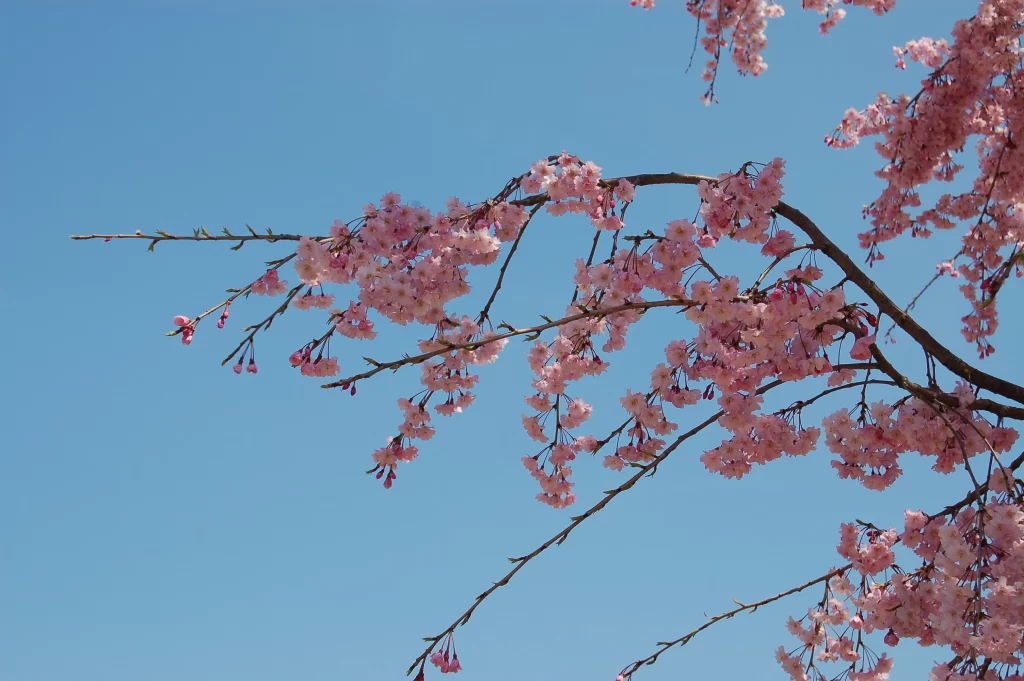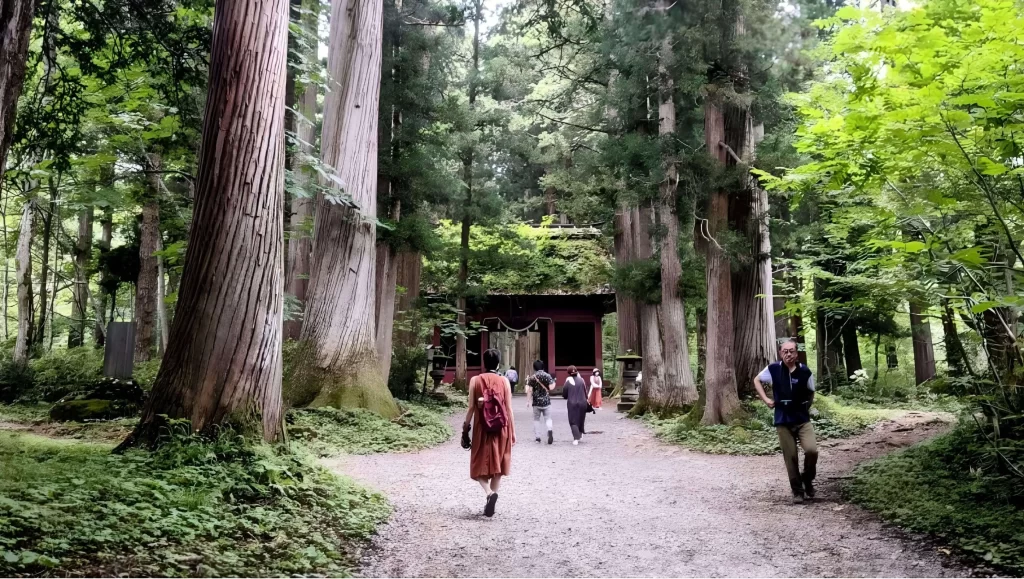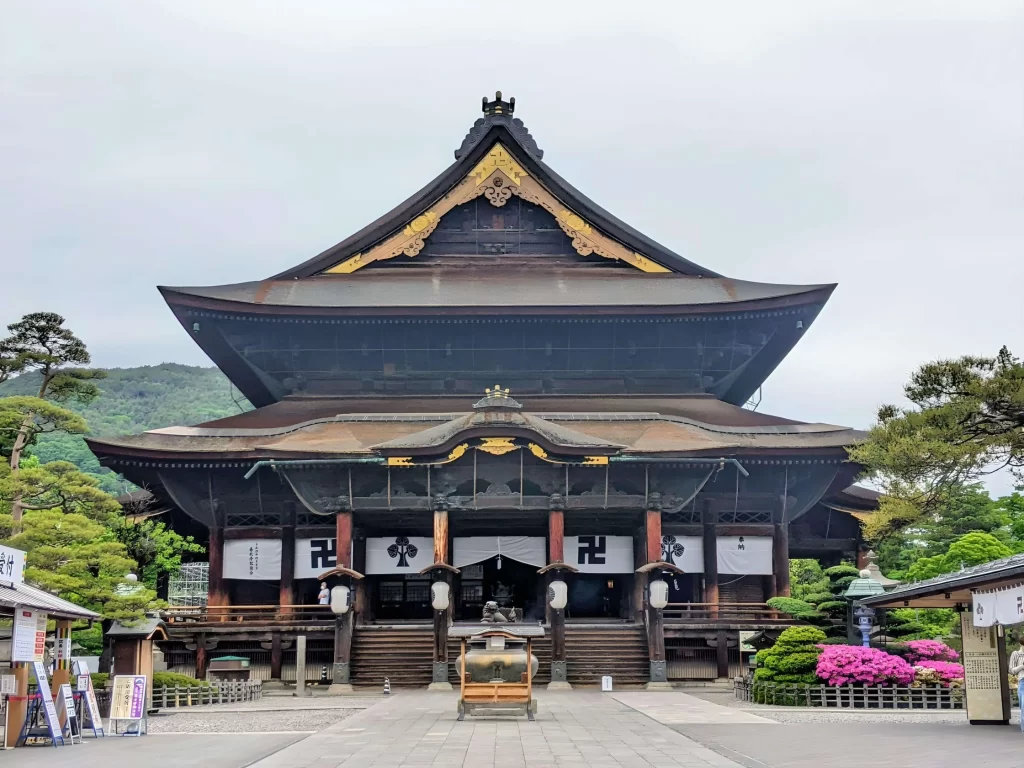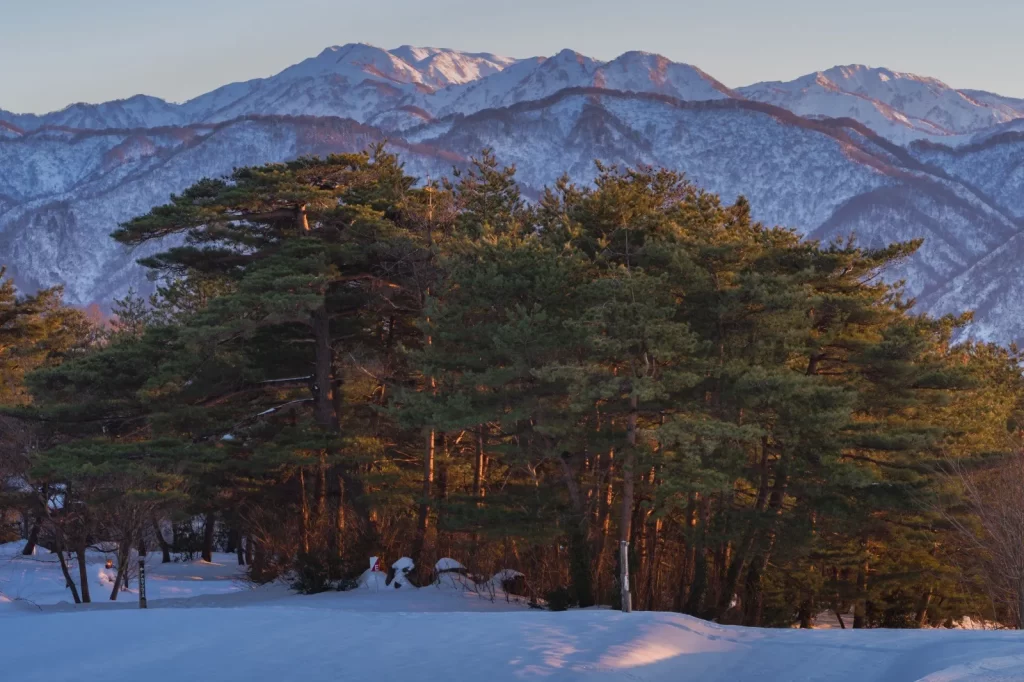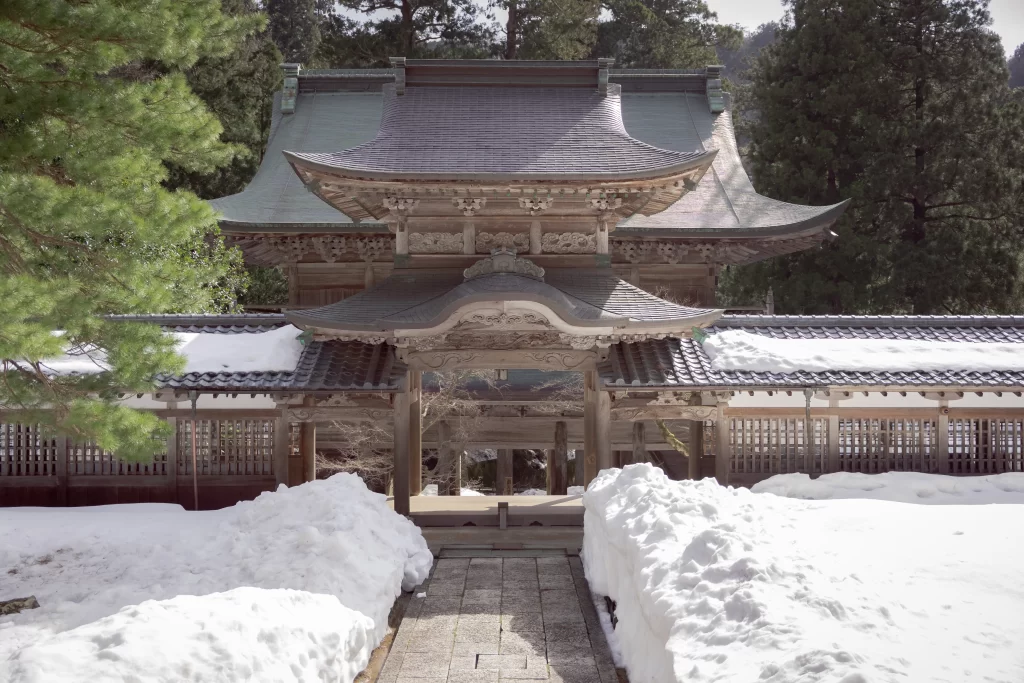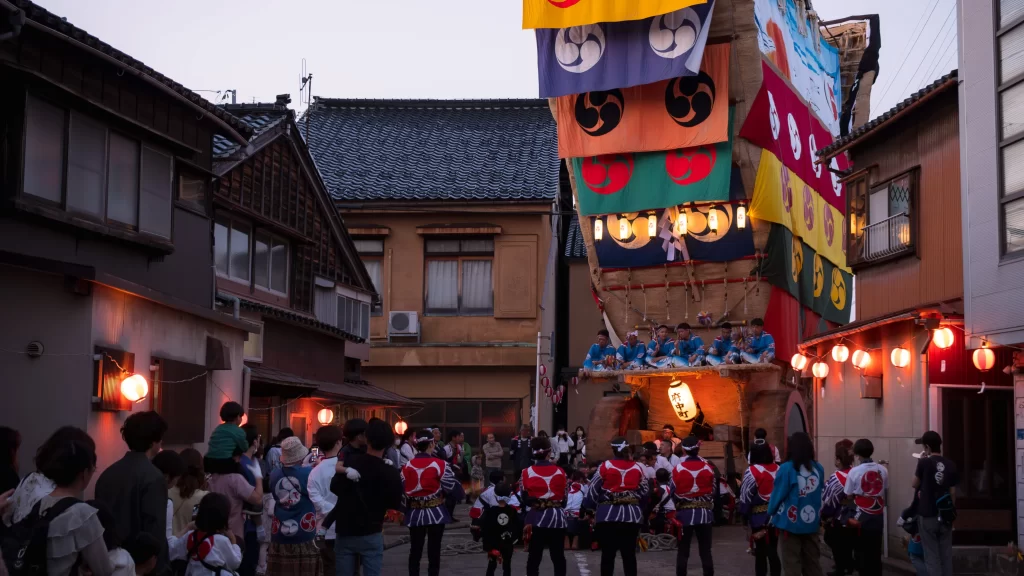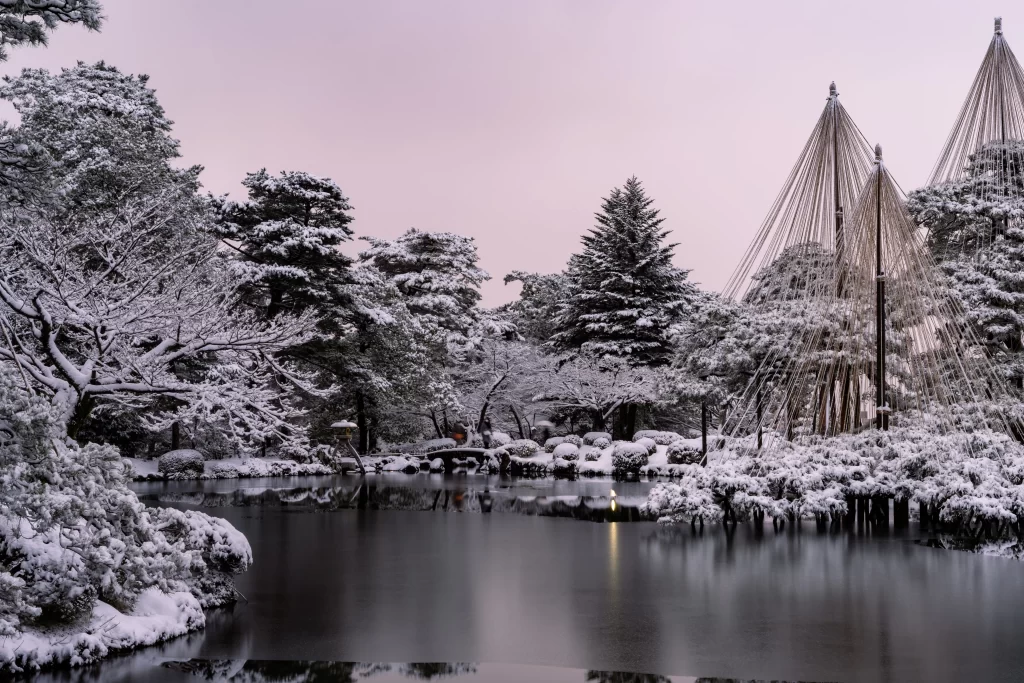
Journey Through Japan with Kizuna: Teaghan’s Top Picks

©Teaghan Keefe
Teaghan, Travel Consultant at Kizuna Travel
Places she knows: Kanazawa, Ishikawa; Shinjuku, Tokyo
“Teaghan, let’s talk shopping,” I begin as we settle in for the interview. “What’s your favorite 100-yen shop?”
No, no. Don’t laugh! It doesn’t matter who you are, where you live, or what your weekly budget is – if you live in Japan, then you’ve been to (an probably frequent) at least one, be it Daiso, Watts, or—
“Seria!” Teaghan replies after some thought and I have to agree that Seria does tend to have catchy and classy items for sale.
Now for the next in my series of social equalizers: winter rice cakes, or mochi.
“How do you feel about mochi?”
“YES!”
“Nattou?”
“YES! And, there’s a place in Kenrokuen (Kenroku Garden) here in Kanazawa,” Teaghan hurries to tell me, “that sells the best mochi with nattou filling!”
I have to take her word for it. Nattou (sticky fermented soy beans) and I are mortal enemies.
I have no quarrel with mochi, however. Lightly grilled, goo-ified mochi rolled in soy sauce and wrapped in a sheet of toasted seaweed (nori) is happiness on a plate.
Teaghan, a daughter of American parents, grew up in Japan and is therefore Japanese in heart, mind, and soul. One conversation with Teaghan about food, sweets, and fun places not-to-be-missed will make your head spin as your horizons expand at what feels like lightspeed. (Ask her to write her recommendations down for you!)
“What do you think of Saizeriya?” I ask, naming one of Japan’s most well-known chain restaurants. “What do you order?”
“Caprese!” (Which is slices of mozzarella cheese layered with slices of tomato, and a dribble of olive oil and a sprinkling of Italian herbs on top.)
“And pasta!” (The 2024 winter menu has a cream sauce pasta with spinach and porcini mushrooms that is apparently too scrumptious for words.)
I ask, “How’re the desserts?”
“Good! The tiramisu is amazing.” (But it is frozen, so thawing time needs to be taken into account.)
“And the drink bar?” I check.
“Awful.”
Right. Coffee or tea must be had elsewhere. Luckily, there’s no short supply of cafes in Kanazawa City and the local standards for high quality guarantee that, wherever you go, you’ll get your money’s worth.
Onward to the next topic, then! I ask, “What view do you most recommend in Kanazawa?”
“The one that you get at the teahouse inside Kenrokuen. The one that looks out over the pond.”

©William Michaud
As you can see, it is a really lovely winter view, too, with snow-laden branches held up by clever contraptions of bamboo poles and twine (called yuki-zuri). The pond has a miniature island called “the tortoise” and a swooping pine tree called “the crane.” Both are traditional symbols of longevity. A nice thing to contemplate as you sip a warm cup of matcha, for sure.
My next question for Teaghan is: “Which places in Kanazawa do you think get overlooked too often?”
“Seisonkaku and Oyama-jinja (Oyama Shrine). Both have Christian influences that are right there but not many people notice.” It turns out that she’s quite interested in the history of Christianity in Kanazawa and the historical figures who did what they could to aid Christians during the time they were considered enemies of the Japanese government. (Primarily during feudal times, or the Edo Period.)
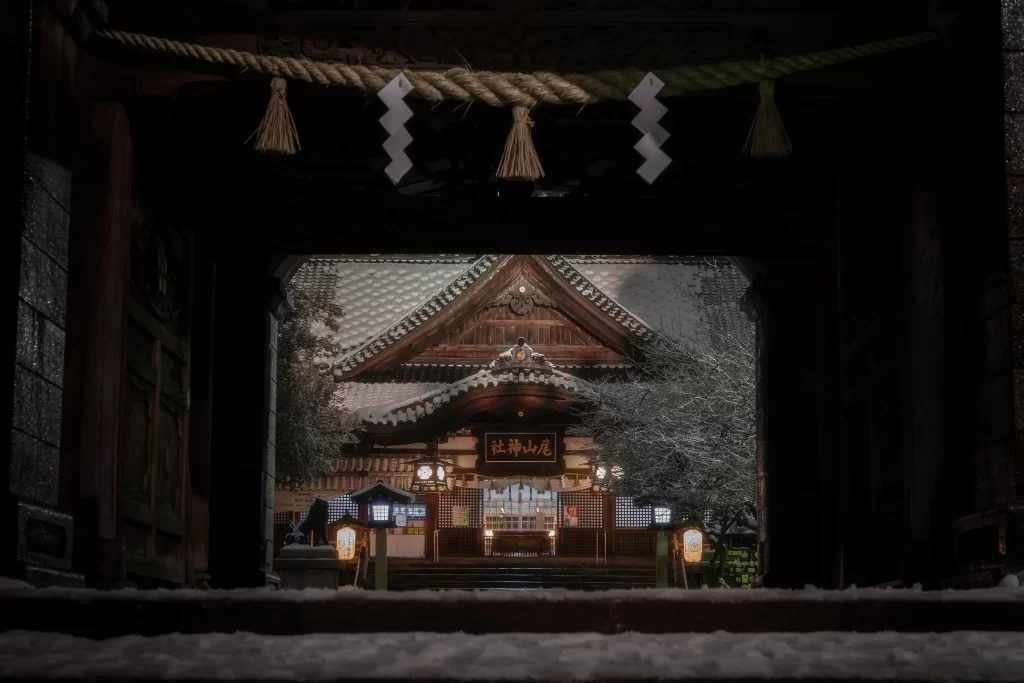
©William Michaud
“And what do you recommend visitors should do while they’re here?”
“Go to a game center.” By that she means an arcade with various gaming machines (the one where you play the Japanese taiko drums as hard as you can has always looked fun to me) or an indoor sports and karaoke center, some of which offer shuttle bus service to and from nearby train stations. But if that’s not your thing, then asking your hotel concierge to recommend an interesting bar or club is a close second.
“Final question,” I promise, “7-11, Lawson, or Family Mart?”
“7-11 for the acai-banana smoothies. And the tofu noodles! Tsukemen!” (A dish in which the noodles are cooked but served cold and on a plate separate from the soup. You dip the noodles in the soup just before you slurp them up.) “But tantanmen (noodles in a spicy soup) and saratanmen (noodles in hot-and-sour soup) are so good, too!”
Tantanmen? Saratamen? I’ve lived in Japan for two decades and have never clocked those names before.
I must give her a surprised look because she tucks her chin down and grins a grin that would dazzle the Cheshire Cat. “I’m an inside-out banana!” she announces and I laugh.
I’ve lived in Japan long enough to know, as Teaghan does, that being an inside-out banana (“yellow” on the inside and “white” on the outside) is something to be proud of.
This article was written by Keri Yazawa.
About Keri Yazawa
Keri Yazawa has been a resident of Kanazawa City since 2005 and enjoys cycling, stamp-making, and tofu!

©Keri Yazawa


